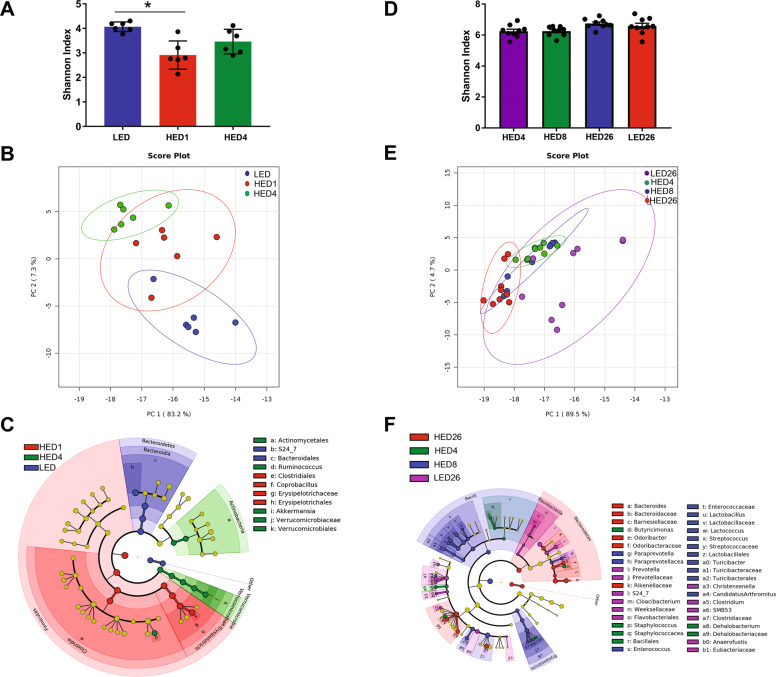Fig. 2. Consumption of a high energy density (HED) diet triggered progressive remodeling of the gut microbiota.
The left (a, b, c) and right (d, e, f) columns represent data from the ST-HED (n = 6) and LT-HED (n = 9) groups, respectively. a, d Shannon index shown as mean ± SD for each group and time point. Bacterial diversity was significantly decreased after consuming the HED diet for one week (HED1) compared to baseline (LED). There were no other significant changes observed. b, e Principal Coordinate Analysis showing microbiota from all time points. In the ST-HED group (b), the microbiota of all rats clustered together at baseline (LED). One week after introduction of the HED diet (HED1), the microbiota clustered together and away from their LED profile. At week 4 (HED4), the microbiota clustered together and further away from their LED profile. In the LT-HED group (e), the microbiota of all rats fed the HED clustered together, independent of time point, and away from the microbiota of rats fed LED diet (LED26). c, f Cladogram produced from LDA scores (see Supplementary Fig. S2 for LDA scores). In the ST-HED group (c), at baseline (LED), the microbiota is characterized by abundant members of the Bacteroidetes order Bacteroidales. One week after HED diet introduction (HED1), the microbiota was characterized by abundant members of the Firmicutes order Erysipelotrichales. After 4 weeks of HED diet (HED4), the microbiota was characterized by abundant members of the Actinobacteria order Actinomycetales and Verrucomicrobia order Verrucomicrobiales. In the LT-HED group (f), at HED4 the microbiota was characterized by abundant members of Bacteroidetes order Bacteroidales and Firmicutes orders Bacillales and Clostridiales. Eight weeks after HED diet introduction (HED8), the microbiota was characterized by abundant members of the Bacteroidetes order Bacteroidales and Firmicutes orders Lactobacillales, Turicibacterales, and Clostridiales. After 26 weeks of HED diet (HED26), the microbiota was characterized by abundant members of Bacteroidetes orders Bacteroidales. The microbiota of the LED diet control group (LED26) was characterized by abundant members of Bacteroidetes orders Bacteroidales and Flavobacteriales, and Firmicutes order Clostridiales.

